Hybrid true potato seed (HTPS) holds the promise to foster development in potato sectors in East-Africa.
Abstract:
Hybrid true potato seed (HTPS) holds the promise to foster development in potato sectors in East-Africa. Compared to a conventional production system based on clonal propagation of tetraploid varieties, clear advantages of HTPS are easier transport and storage of starting material, high multiplication rates, increased availability of disease-free planting material and faster and more targeted breeding. Despite these advantages, an informed assessment of how HTPS can be implemented into East African seed and farming systems, and of what the enabling conditions are for such implementation is still necessary. Our aim is to understand if and how HTPS could foster development of potato sectors in East Africa and what are the major opportunities and bottlenecks. We describe the context of potato production in East Africa, and we summarize the key lessons from past experiences with the implementation of (non-hybrid) true potato seed. This informs our analysis of the requirements for an effective and inclusive introduction. Major requirements are a solid understanding of: (1) the criteria farmers use to assess the innovation; (2) local farm realties; and (3) the seed system in which farmers operate. The implementation of HTPS requires adaptations in agronomic management and in seed system configurations, but these adaptations need to fit into the agro-ecological and socio-economic context. This can be achieved through an iterative research cycle linking farmers, researchers, breeders and other stakeholders. To facilitate institutional embedding of the innovation, interactive, multi-stakeholder processes are required to develop shared views on the acceptability, sustainability and societal desirability of HTPS. We conclude by drawing a research agenda with urgent questions that need empirical research prior to and during the introduction of HTPS in East Africa.
View the full chapter on: https://www.wageningenacademic.com/doi/10.3920/978-90-8686-946-6_7

